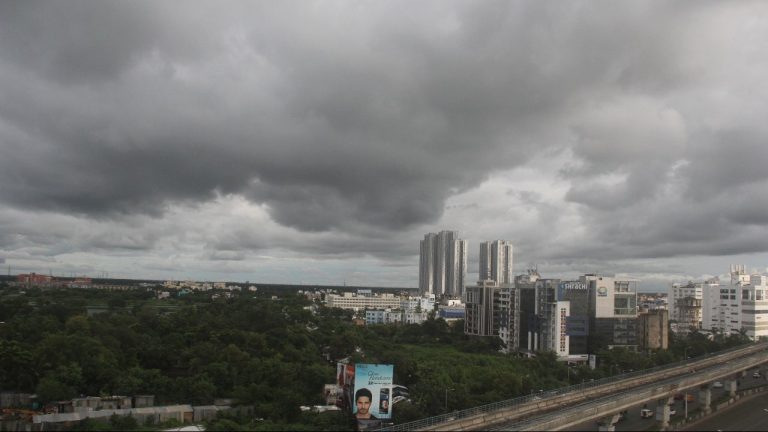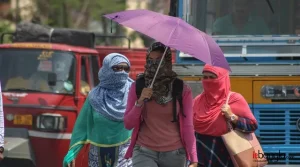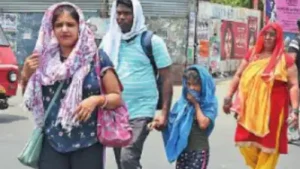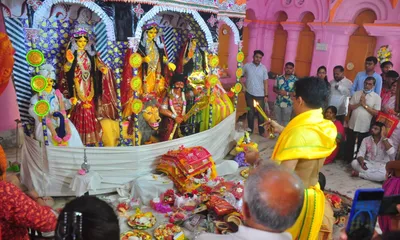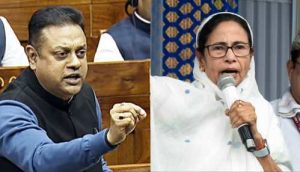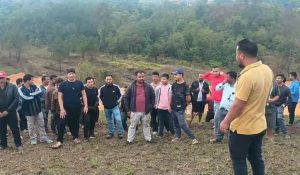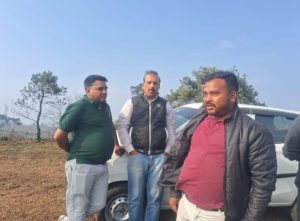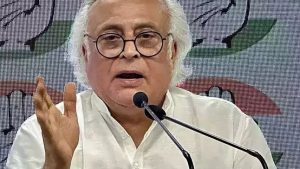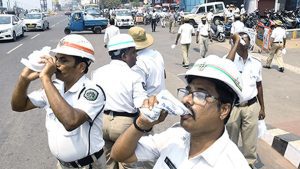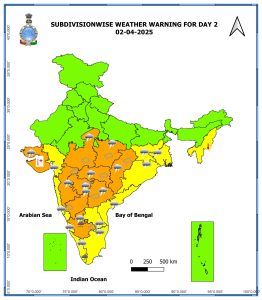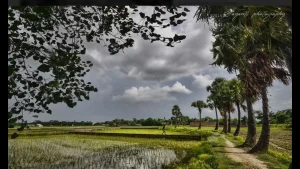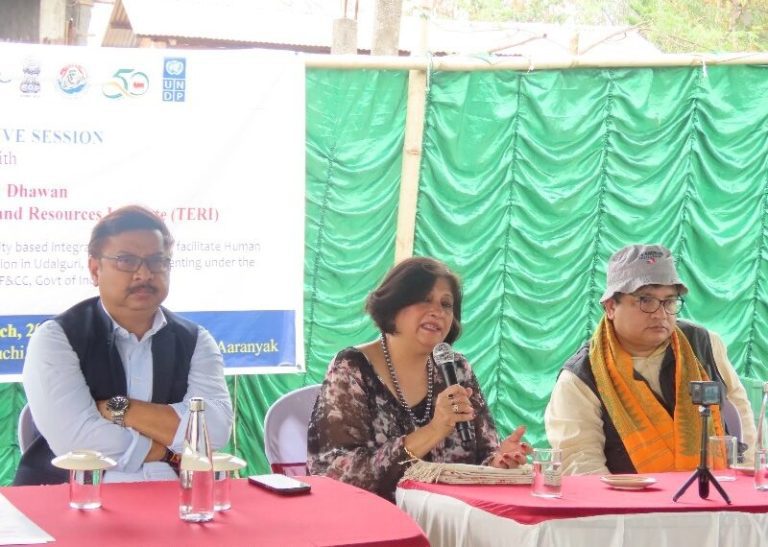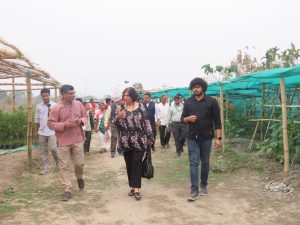Pathar Pratima Blast: A Tragic Explosion That Shook West Bengal
On May 16, 2023, a powerful and devastating explosion shook the quiet village of Khadikul, located in the Pathar Pratima block of South 24 Parganas district in West Bengal. The Pathar Pratima blast originated from an illegal firecracker manufacturing unit that was being operated without any formal license or adherence to safety norms. The blast killed at least nine individuals on the spot, including five women, and left several others severely injured, some battling life-threatening burns and trauma. The intensity of the explosion was so great that it flattened the structure of the makeshift factory and damaged nearby houses, triggering widespread panic among the villagers.
The incident not only resulted in the tragic loss of lives but also exposed the dangerous and unchecked rise of illegal firecracker production units in the region. These clandestine operations often run in densely populated rural areas where law enforcement is minimal and safety regulations are poorly enforced. The Pathar Pratima blast served as a harsh reminder of the risks posed by these underground industries, especially in areas where employment opportunities are scarce and residents are often driven to take up hazardous work for survival.
As the news spread, it drew statewide and national attention, prompting calls for a thorough investigation and a crackdown on such unauthorized units. Locals revealed that despite previous incidents and warnings, such operations continued openly due to administrative apathy and alleged political backing. For the people of Khadikul, the explosion turned a regular morning into a scene of horror, leaving behind grief, destruction, and a growing demand for justice and accountability.
Brother of Prime Accused Arrested Amid Ongoing Investigations
In a key development, law enforcement agencies arrested the brother of Krishnapada Bag, the prime accused behind the blast. Authorities suspect his involvement in managing the illegal operations and helping his brother evade law enforcement.

Timeline of Arrests in the Pathar Pratima Blast Case
Following the explosion, Krishnapada Bag fled to Cuttack, Odisha, to treat severe burns. Police arrested him along with his son and nephew from a hospital. Tragically, Krishnapada died from his injuries on May 19 while in police custody. The latest arrest of his brother is expected to lead investigators closer to dismantling the entire network.
CID Takes Over Investigation with Stronger Charges
The West Bengal CID is leading the investigation, having filed a detailed FIR. Initially charged under IPC Section 304 and the Fire Services Act, the case now includes Sections 302 and 307 for murder and attempted murder, along with relevant sections of the Explosive Substances Act.
Political Pressure and Demand for NIA Probe
The Pathar Pratima blast has sparked political tensions. BJP leader Suvendu Adhikari has filed a Public Interest Litigation (PIL), seeking an NIA investigation. He stressed the seriousness of illegal explosives production and demanded a central agency probe to uncover deeper links.


Trinamool Delegation Faces Public Outrage
A delegation from the ruling Trinamool Congress visited the blast site to offer condolences. However, they faced backlash and protests from locals demanding justice, transparency, and stricter enforcement to prevent such disasters in the future.
Illegal Firecracker Units: A Longstanding Menace in Bengal
The Pathar Pratima blast revealed the widespread presence of unauthorized firecracker factories operating under the radar. Reports suggest Krishnapada Bag had been running such operations for over 30 years, despite previous arrests. His continued activity indicates major gaps in surveillance and enforcement.
Community in Grief and Fear
Residents of Khadikul are still reeling from the incident. Families mourn their lost loved ones, and many are demanding immediate government intervention to ensure safety. The tragedy has left behind a trail of sorrow, trauma, and growing fear among nearby communities.
Government’s Response and Preventive Actions
In the aftermath, the West Bengal government has launched raids to close illegal units across the state. The CID and local police are working together to prevent further tragedies. Plans are underway to strengthen safety laws and ensure stricter compliance for hazardous industries.
Conclusion: Justice and Reform Needed After the Pathar Pratima Blast
The arrest of the prime accused’s brother marks a turning point in the Pathar Pratima blast investigation. As the CID continues its efforts, public demand for justice and systemic reform remains strong. The incident underscores the urgent need for tighter regulation, stronger enforcement, and increased public awareness to prevent such avoidable tragedies in the future.
Read More: The region’s vulnerability extends beyond just industrial hazards. Recent alarming weather shifts in West Bengal have further raised concerns about the safety and preparedness of rural communities. Together, these environmental and human-made crises highlight the pressing need for holistic disaster management in the state.


